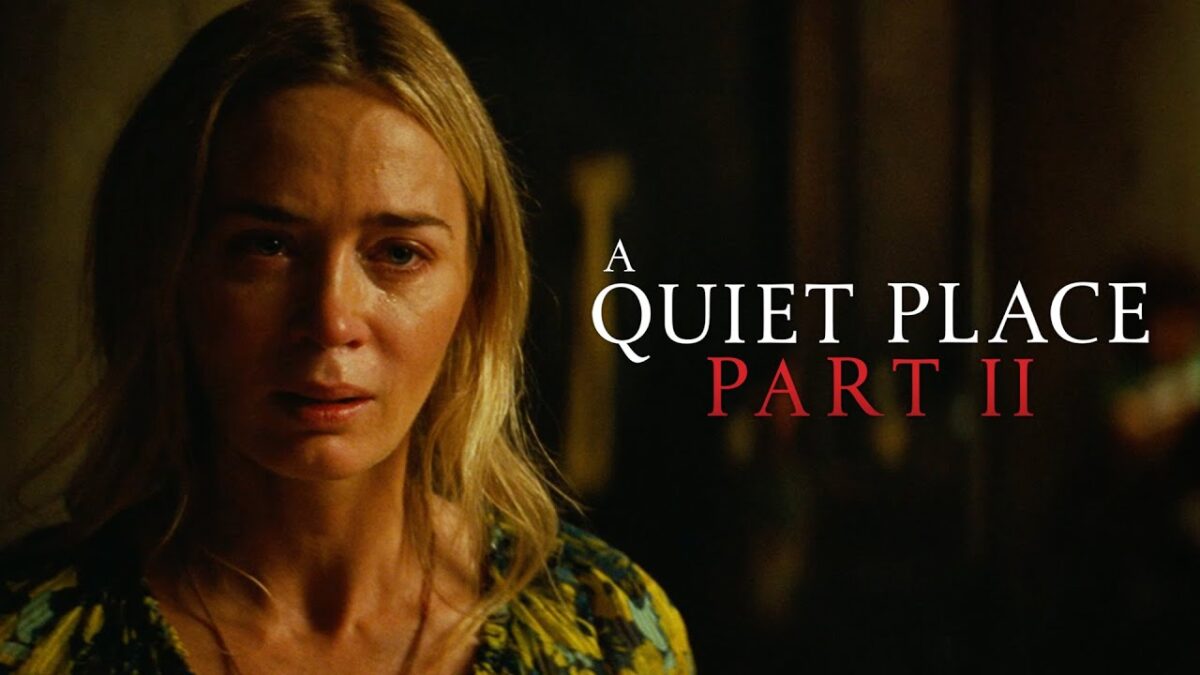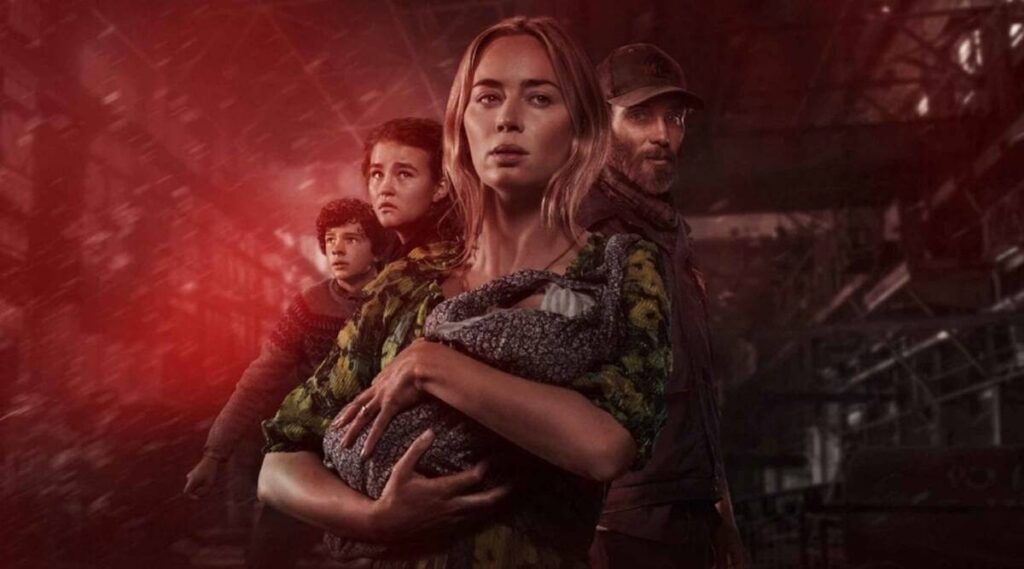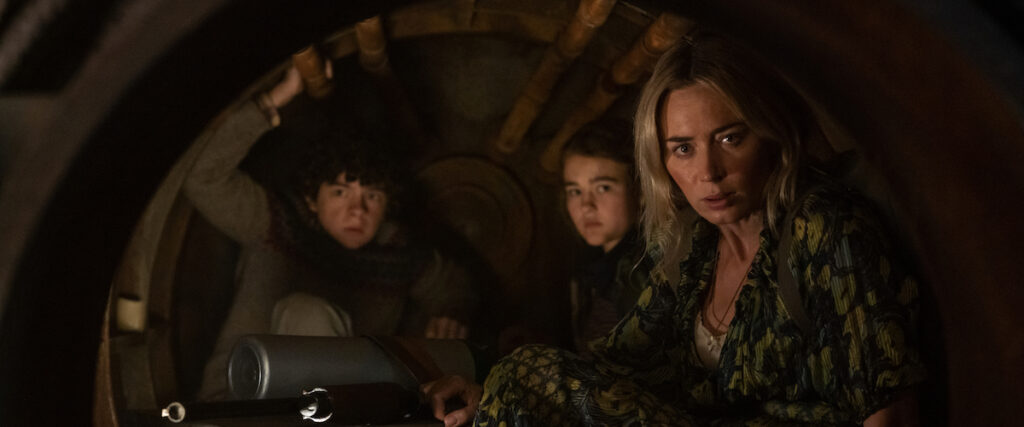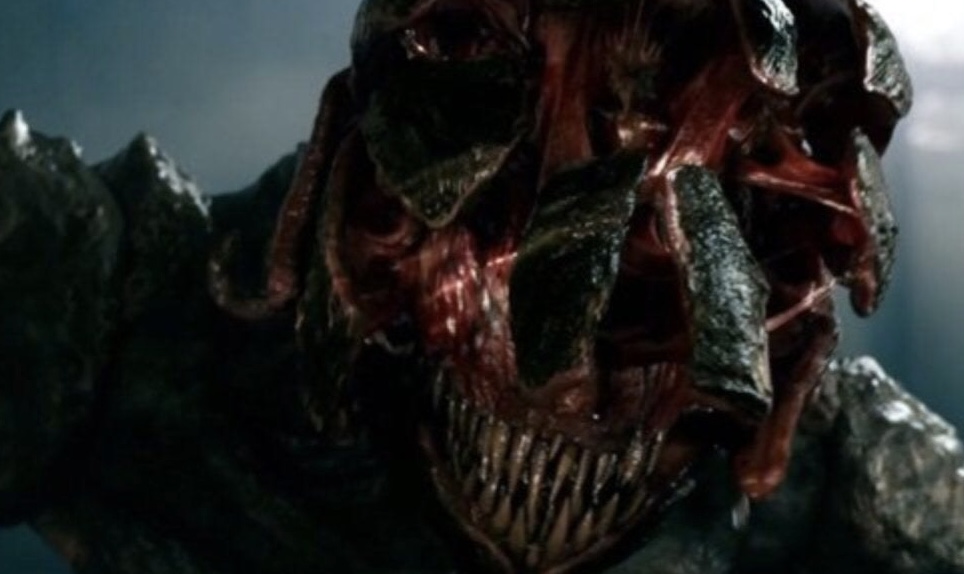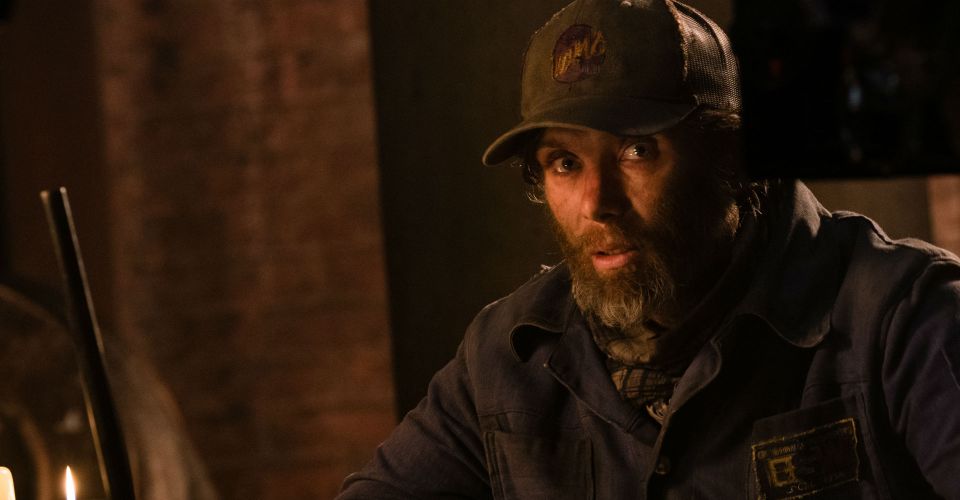Twenty years on: 28 Days Later
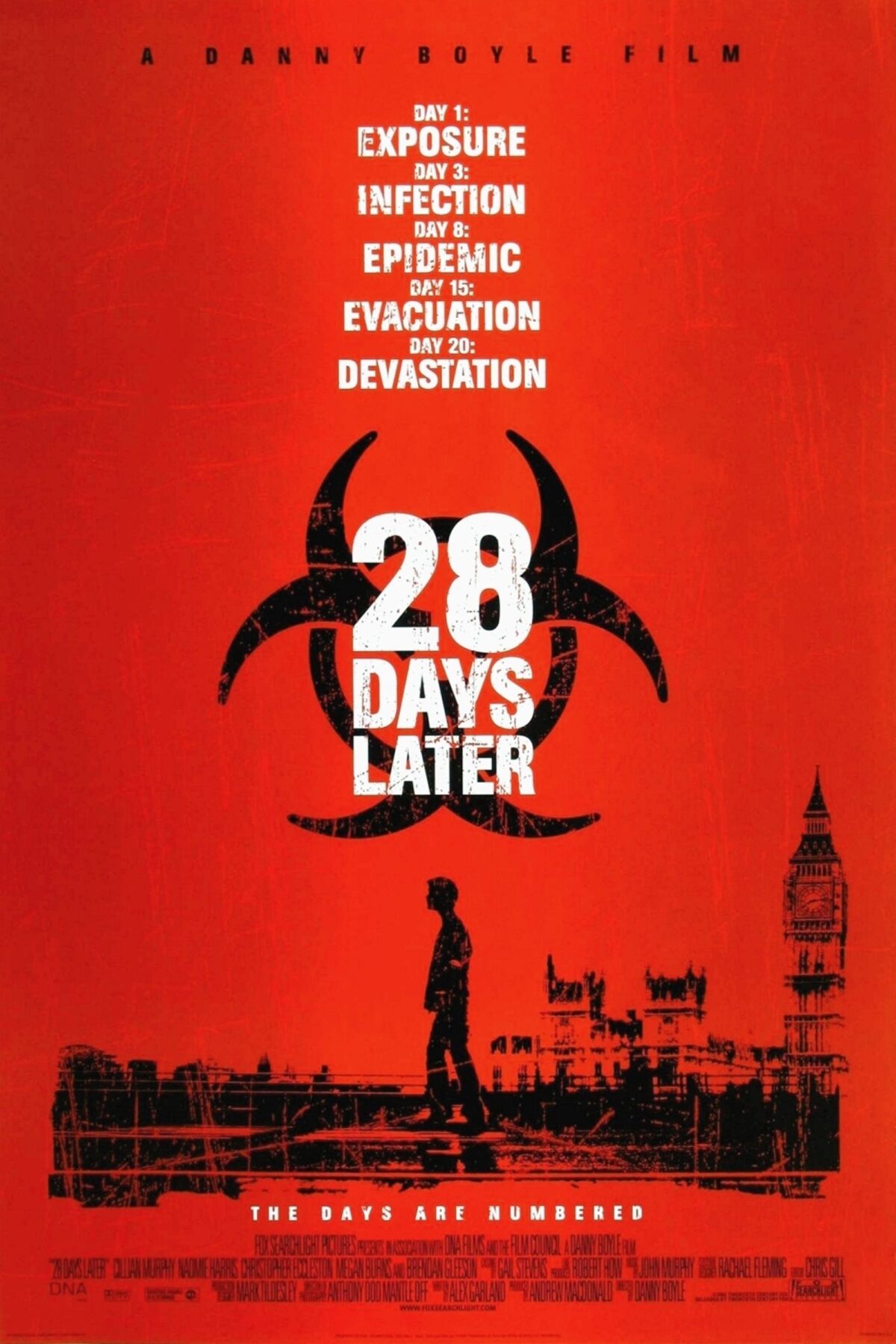
*Zombies by movie law have to be risen from the grave, thus becoming undead. Although the creatures in 28 Days Later are infected beings, the film relies heavily on the condition of a zombie*
Jim (Cillian Murphy), a bicycle courier, awakens from a coma tied up with a plethora of breathing tubes and ‘fandangled’ wires. The normal hustle and bustle of the hospital is lacking, leading Jim and the audience to fear the worst, especially when the daunting corridors are plagued with an eerie silence. Jim steps outside for the first time in a while, however all he can find are streets littered with the remnants of mass panic. Soon, Jim puts two and two together as a flock of flesh-hungry savages attack him, confirming his fears…
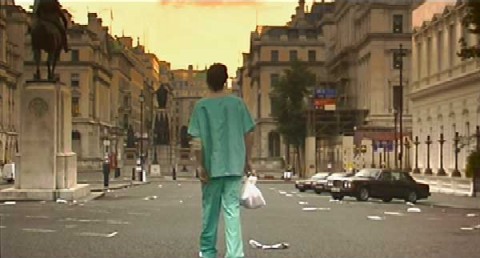
Zombies have enriched horror for decades now. Their presentation has shape-shifted over the years, from the voodoo claimed zombies in White Zombie (1932), to the slow brain-hungry undead in Night of the Living Dead (1968). Danny Boyle’s rapid and vengeful take on the beast not only reminded us about the world’s looming threats, the film was also responsible for creating cinema’s most terrifying creature yet.

No one is immune to the world’s current climate, even if you resort to avoidance tactics you will hear about the latest threat to society, whether it’s war, famine, poverty, or general hardships. The saving grace with the news is that once you close the front door and are in your place of comfort you can shut off and reside in a fabled solace where the deprivation is far away from home. When it comes to disease and infection there is no backlog of reassurance to fade into, the emerging menace will get you.
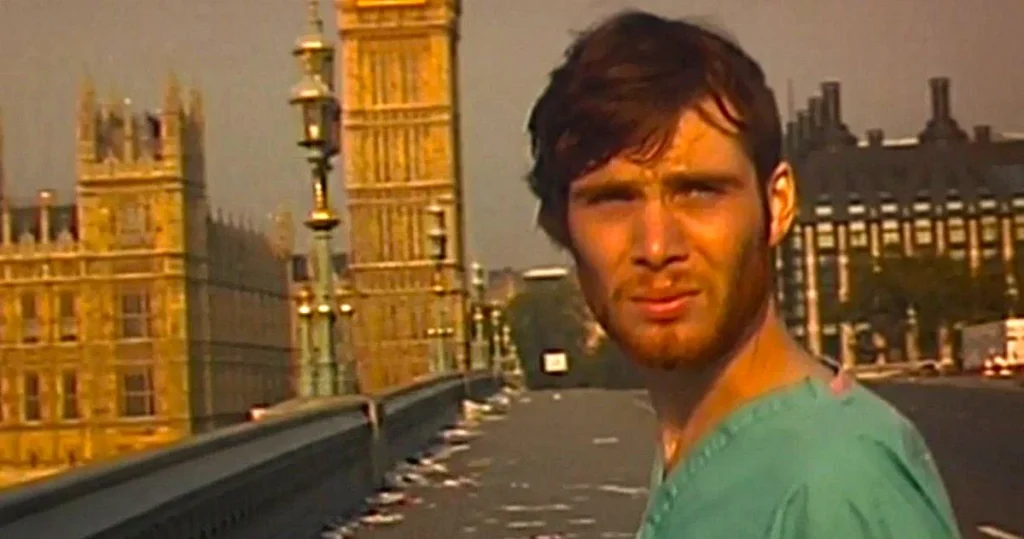
During the late 1990s in the UK, there was an influx of panic regarding Mad Cows Disease, followed by the Foot-and-Mouth outbreak in the early 2000s, which is when 28 Days Later took form. When you couple these outbreaks with the terrible events during this time frame, the result is millions of people with the fear of unstoppable tragedy lingering over their heads like a guillotine. Whilst socio-political timings waddle in the doom and gloom, their timing is intrinsic as to why 28 Days Later is utter nightmare fuel. Amongst film theory it is expressed that people are naturally curious and are driven to see their fears come to life, perhaps 28 Days Later is an exact manifestation of everyone’s darkest anxieties, allowing the film to become legendarily scary in more than one way.
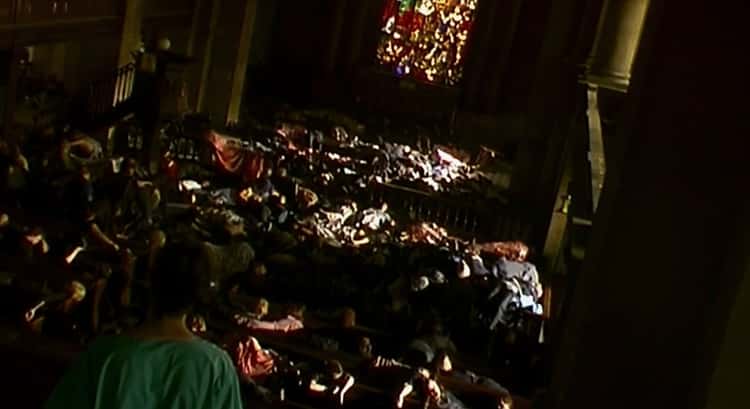
The film dwells on the end of civilization to conjure its narrative. Without the facade of humanity, the infected would not be as present. The above findings are symptomatic of why 28 Days Later brought in millions worth of profit within its first week, but the reason why the film still holds up to this day is its multidimensional depth. Zombies by nature are effectively abject. Their skin rots, their eyes glow red, their teeth are stained with blood, and their hunger is driven by pure ruthlessness. To put it simply, they scare the living daylights out of people. To top of this recipe for terror, Boyle insisted that the zombies must be super fast sprinters.

Adding to the brutal speediness are the film’s outbursts of erratic editing and quick-cut pacing that accelerates the action and has the viewer’s eyes darting across the screen, attempting to make sense of the zippy frames. The frenzied angles marry the ferocity of the zombies’ stamina, making for a heart-thumping ride that doesn’t let the audience catch a break.
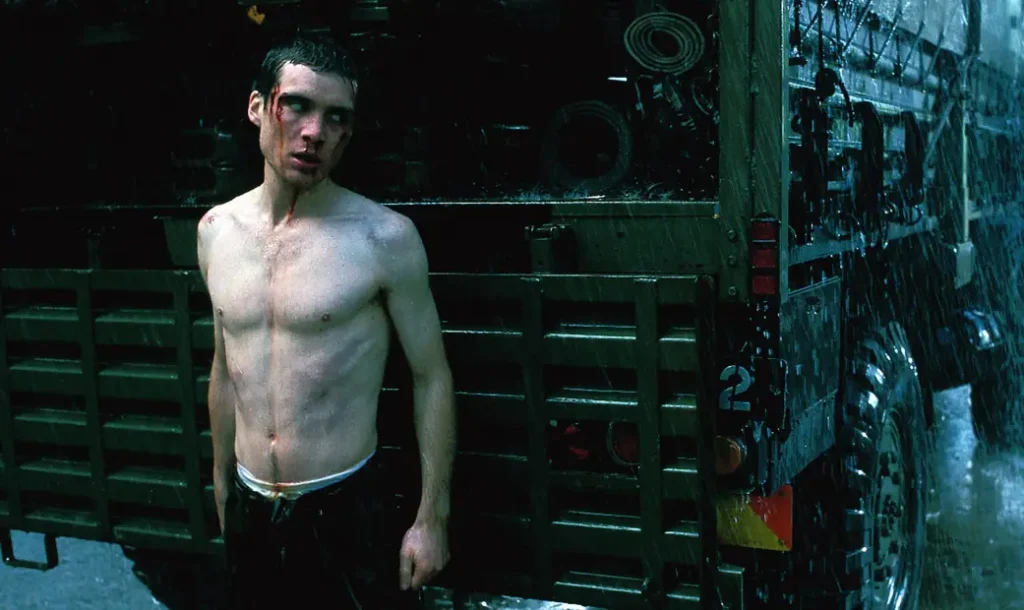
Although 28 Days Later has an intertextual relationship with feverish energy, Boyle, along with cinematographer Anthony Dod Mantle, presents an intimate dynamic throughout the film. Considering that most frames are void of ‘living’ life and that the central characters are only a small group, the film is full of human connection. Joining Jim on his journey is the no-holding back heroine Selena (Naomie Harris), cab driver Frank (Brendan Gleeson), and his daughter Hannah (Megan Burns). Together the group forms an unlikely team that is essential to each other’s arcs. In between the moments when they have to fight off the infected, there is a stillness amongst them, almost as if they are silently and unknowingly relishing in one another’s warmth as humans before they all eventually succumb to the harsh reality surrounding them. One particular scene that thrives in this notion occurs after the motley crew has stopped on the side of the motorway in a lush green field barren of infection. Instead of hearing screams and seeing skeletal remains, the frame is brimming with nature and cool breezes. In creating this harmony, a sense of innate humanity is restored as if they’ve traveled back to simpler times before havoc was evoked.

Of course, with 28 Days Later being a blood fueled nightmare, the peace isn’t kept for long. However, it is these brief moments of placidly amongst the madness that force us to form a connection with the characters, therefore making any demise heartbreaking and any shock truly traumatising. Aligning the film’s emotive roots is the setting. Anyone who has heard of 28 Days Later has seen that infamous image of Jim standing on Westminster Bridge with the towering Big Ben in the background. The empty London scenes were filmed 45 minutes at a time before sunrise on a Sunday for optimal bareness. The abandoned city acts as a subliminal message, a warning that the idle landscape is a hint that being completely alone in a normally thriving land means that Jim, and that You are hopeless and will definitely not make it out alive.
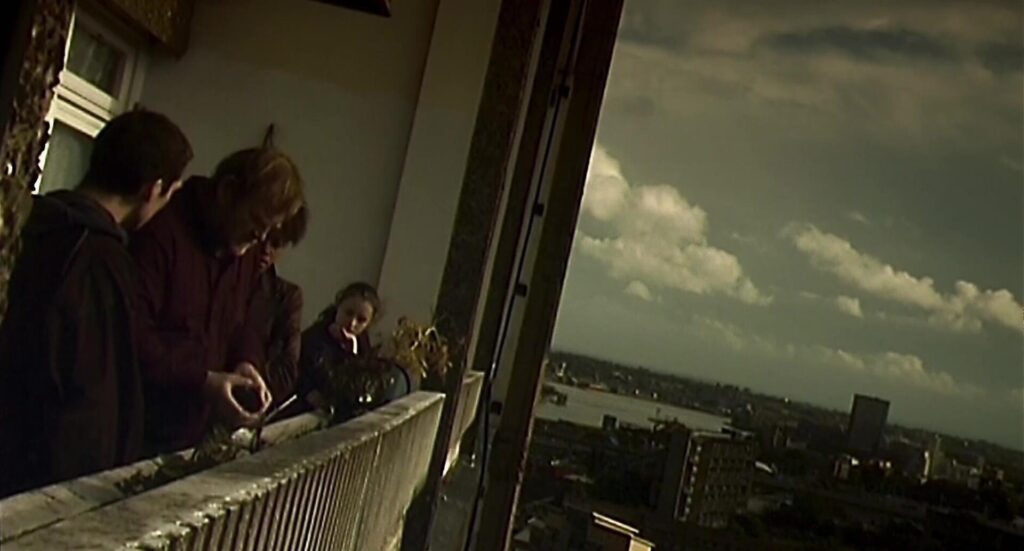
The setting early on in the film is lit in a faint auburn-red light, reminiscent of dried blood, implicating the remains of the infection in the zombie populated city. As time moves on and Jim meets Selena the palette gradually becomes awash with clinical tones including a seasick green tinge and scrub blues, almost visually meshing this idea that illness is everywhere, slowly creeping up on them even in ‘safe zones’. It is this level of involvement and immersion that elevates 28 Days Later into a grade where a clear dedication has gone into the production, cementing the viewer’s attention and willingness to interact with the film.
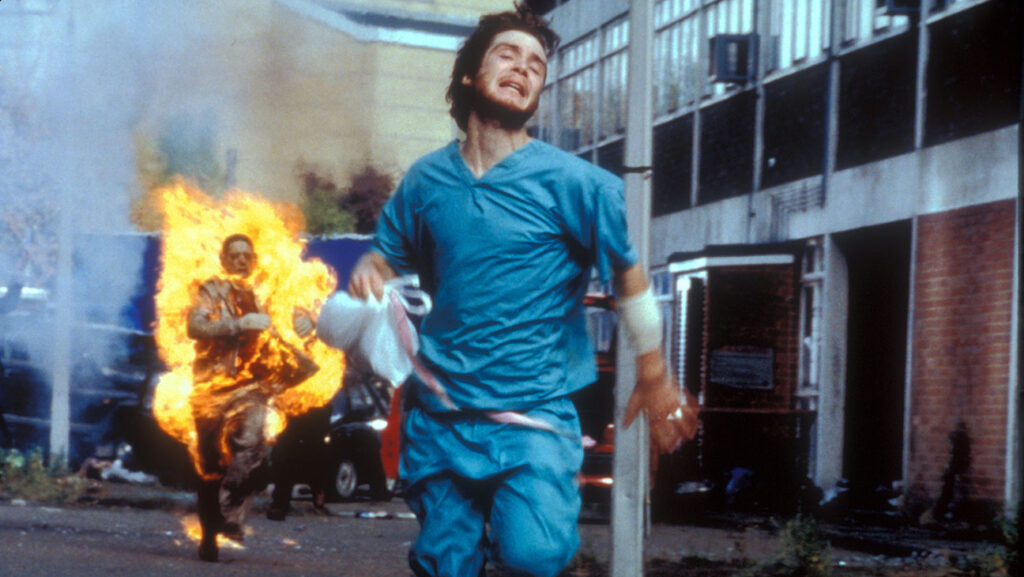
In a similar vein, the film’s built-in visceral quality aims to consistently amp up the tension throughout, whether it’s the raged beasts or societies’ leftover few, Boyle embodies a ruthless philosophy that encapsulates a dramatic mood. Over the years 28 Days Later has blossomed to be one of horror’s most habitually known films, as well as a box office and critical success. In 2007 a sequel was spawned, wittingly titled 28 Weeks Later directed by Juan Carlos Fresnadillo, and starring Imogen Poots, Idris Elba, Rose Byrne, Jeremy Renner, and Robert Carlyle. Whilst the film was a financial success and received fairly positive reviews, it didn’t have that certain ‘classic’ essence that thrived in its predecessor.

Twenty years on, many zombie-based horrors have come and gone, some bad and some extremely efficient. Yet, Boyle’s unique portrayal of alerting deep anxiety amongst the viewer still remains overtly iconic and far from forgotten. From a retrospective view, the subcontext has only become more present and yearning for attention, ensuring that 28 Days Later will leave its mark for decades to come.
Looking for more top horror lists and reviews? Check out our blog here..

